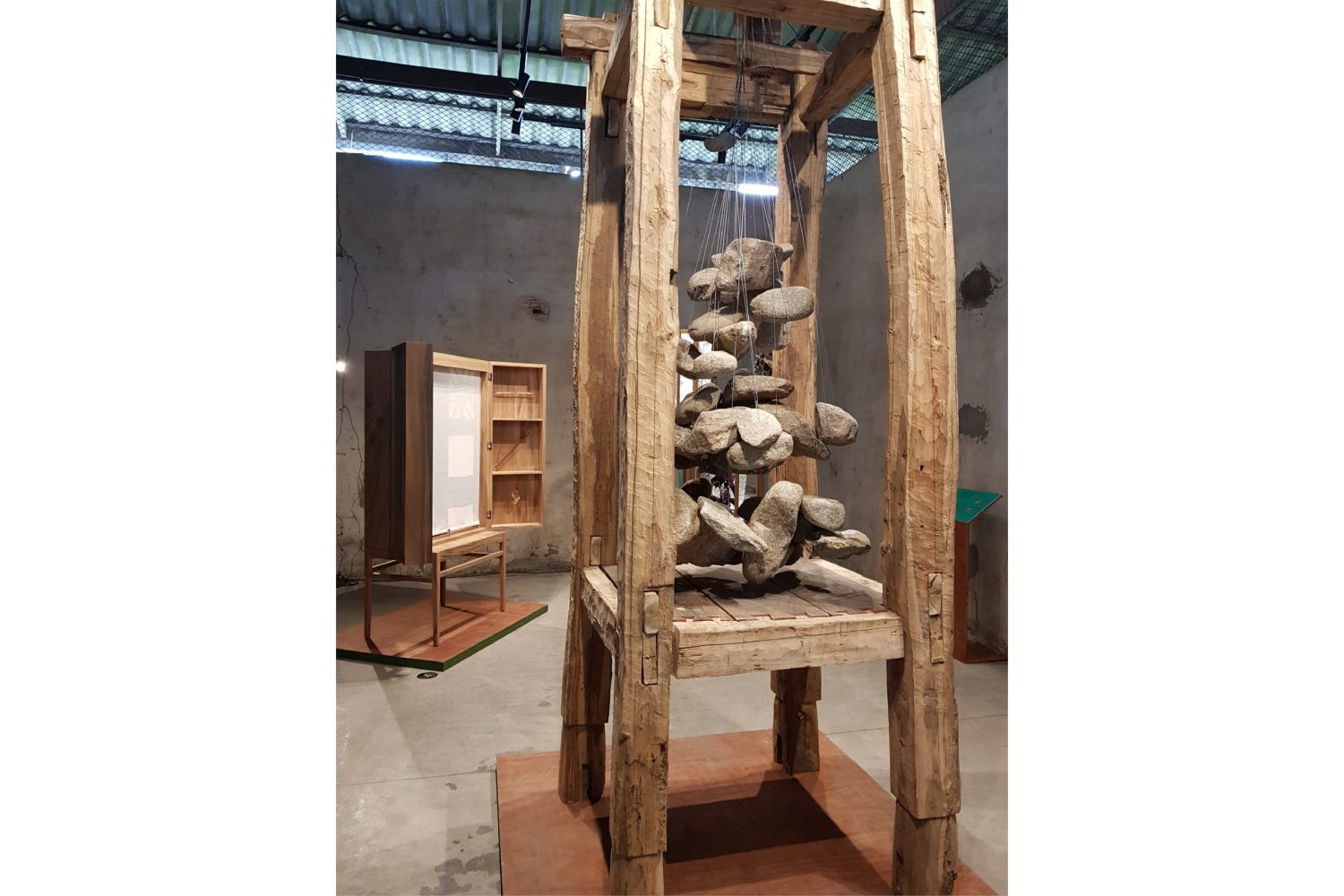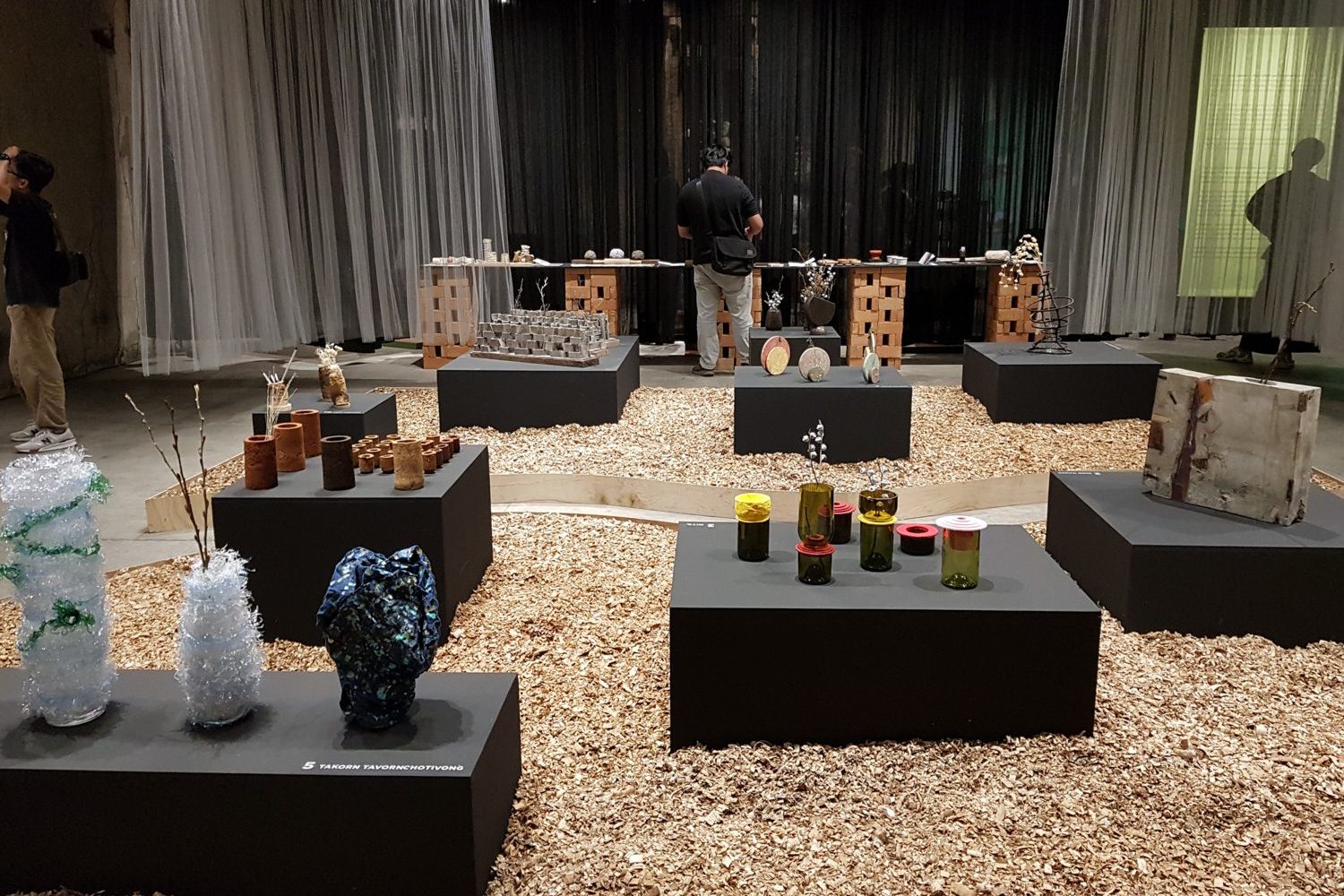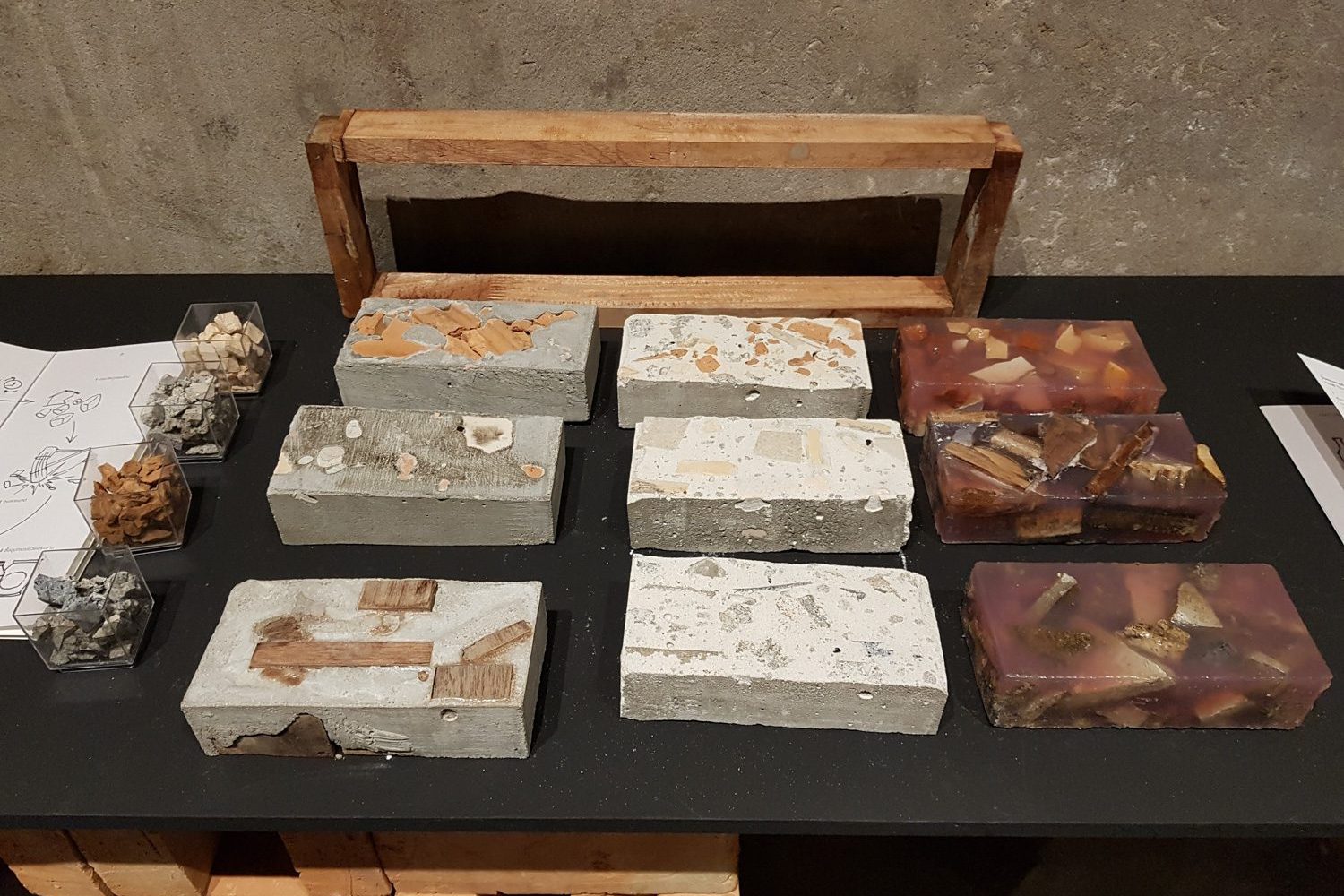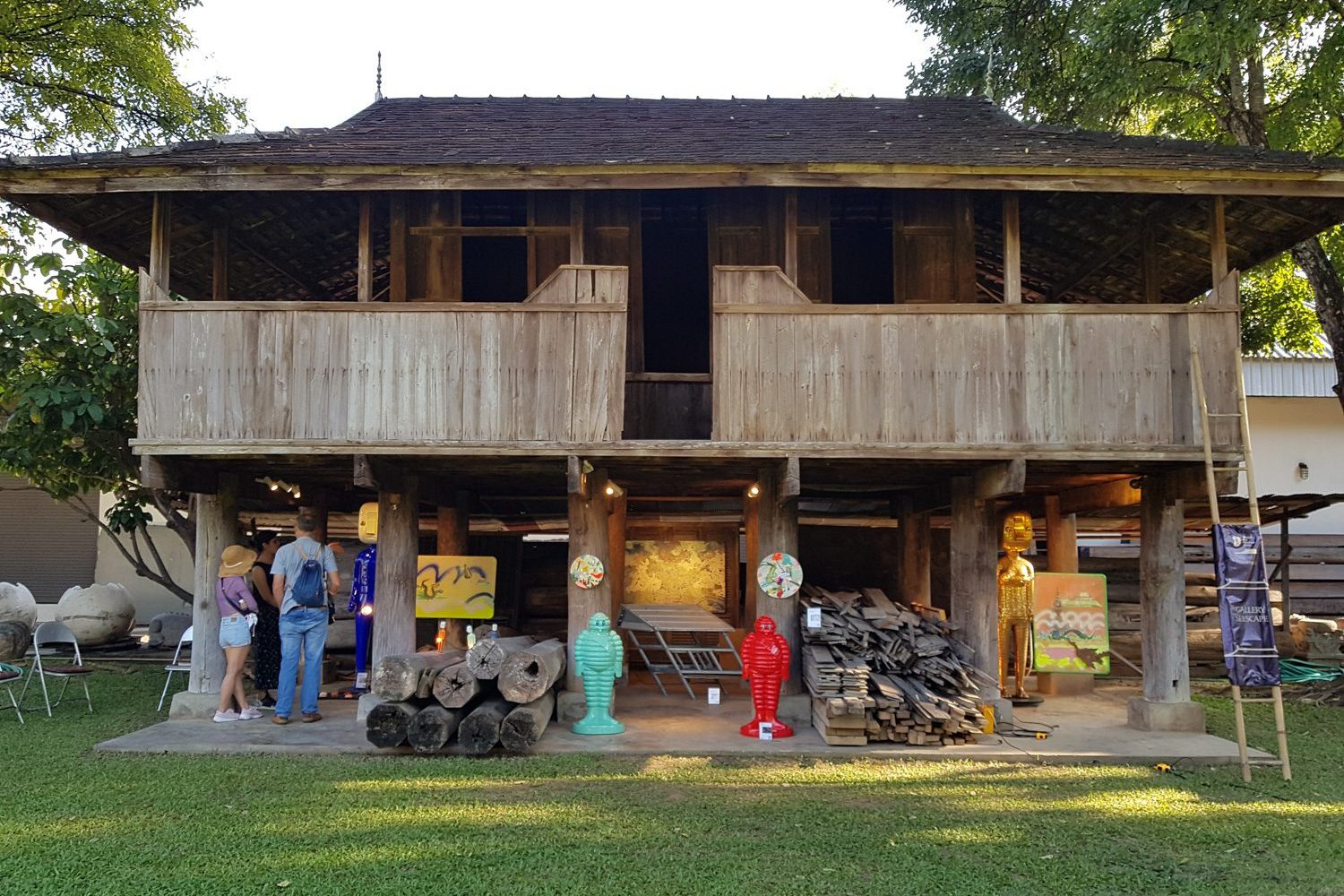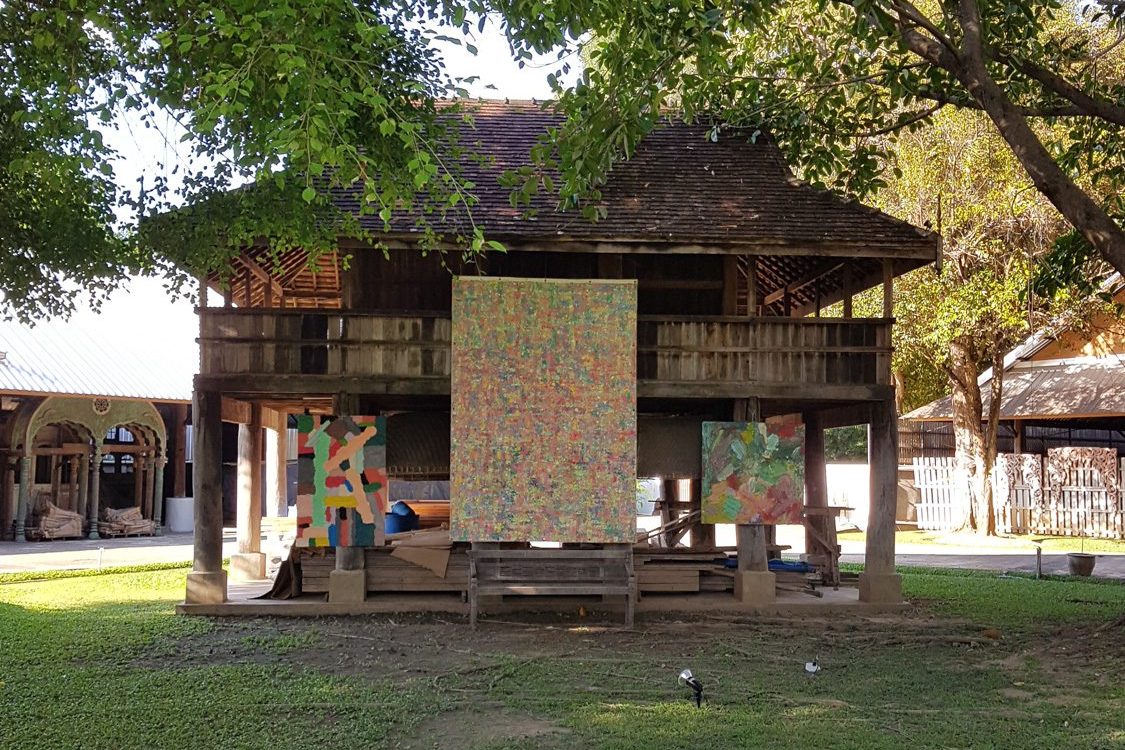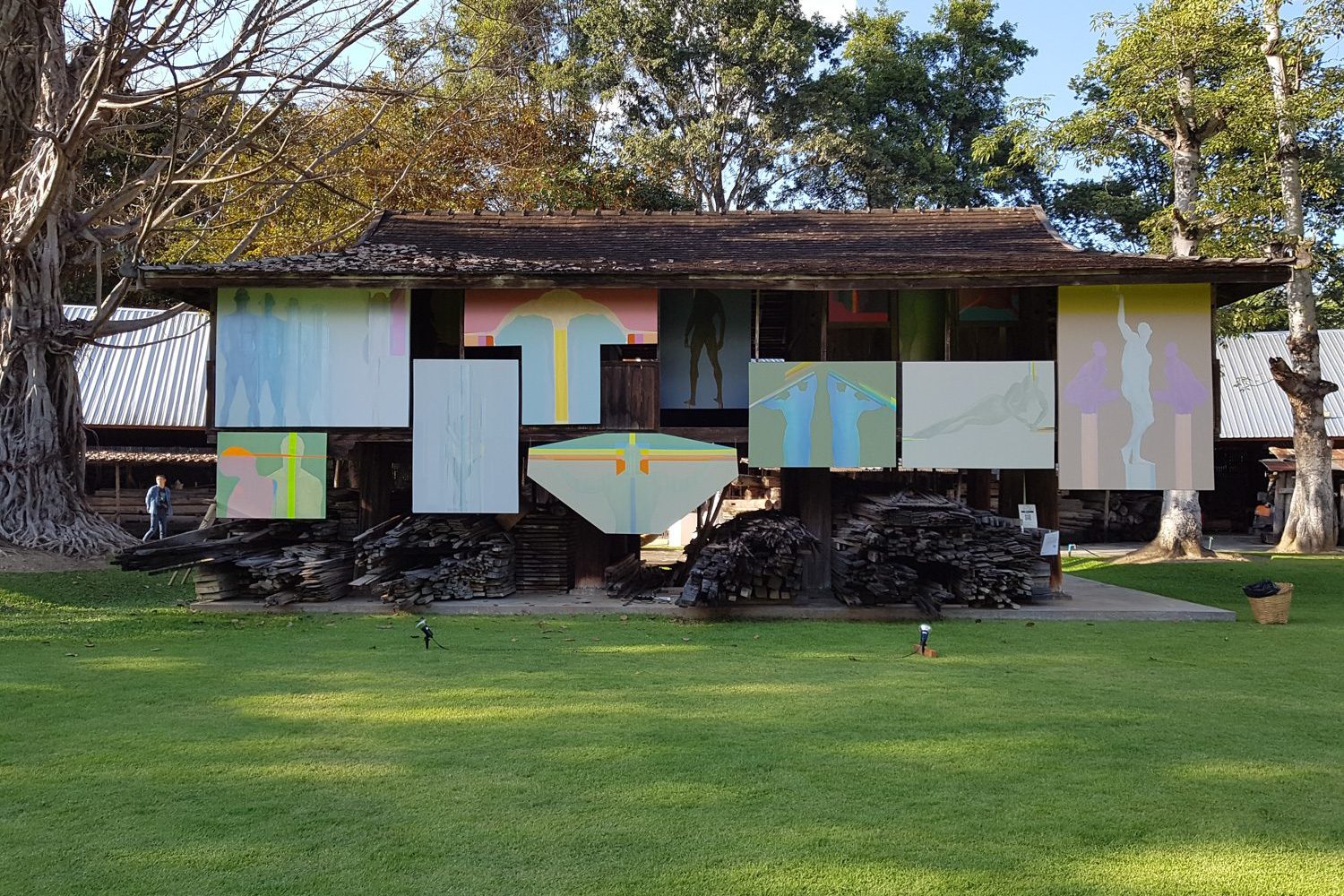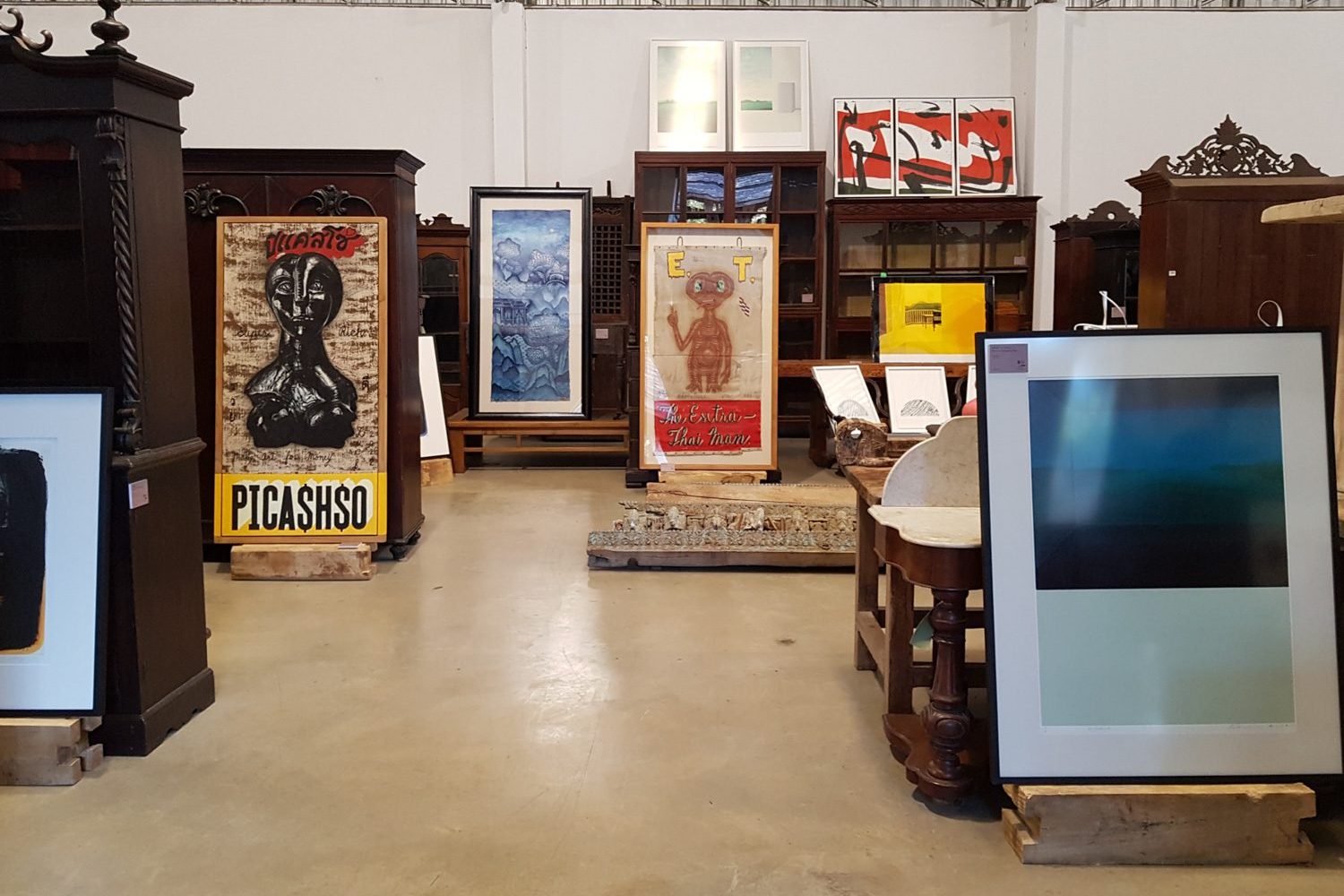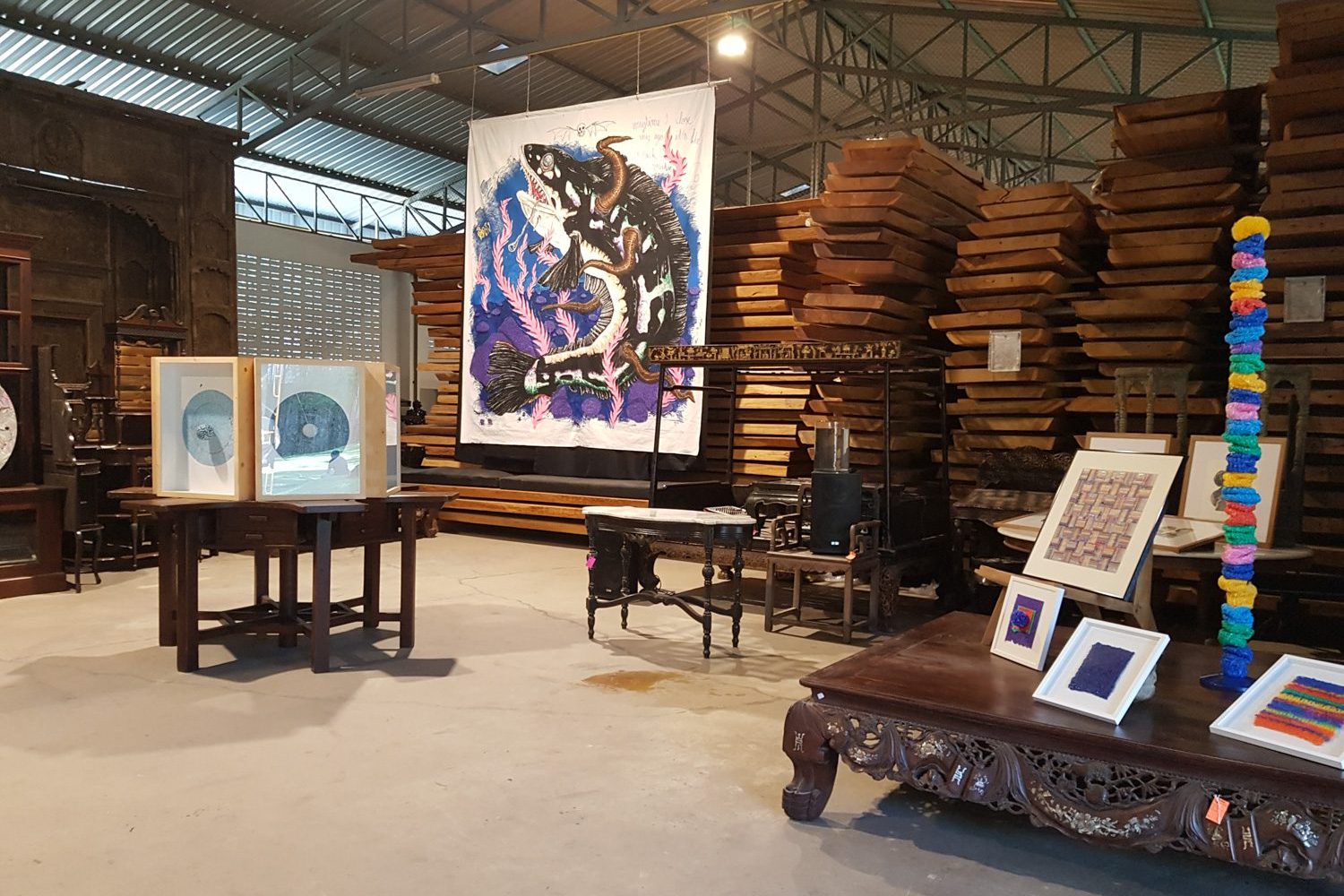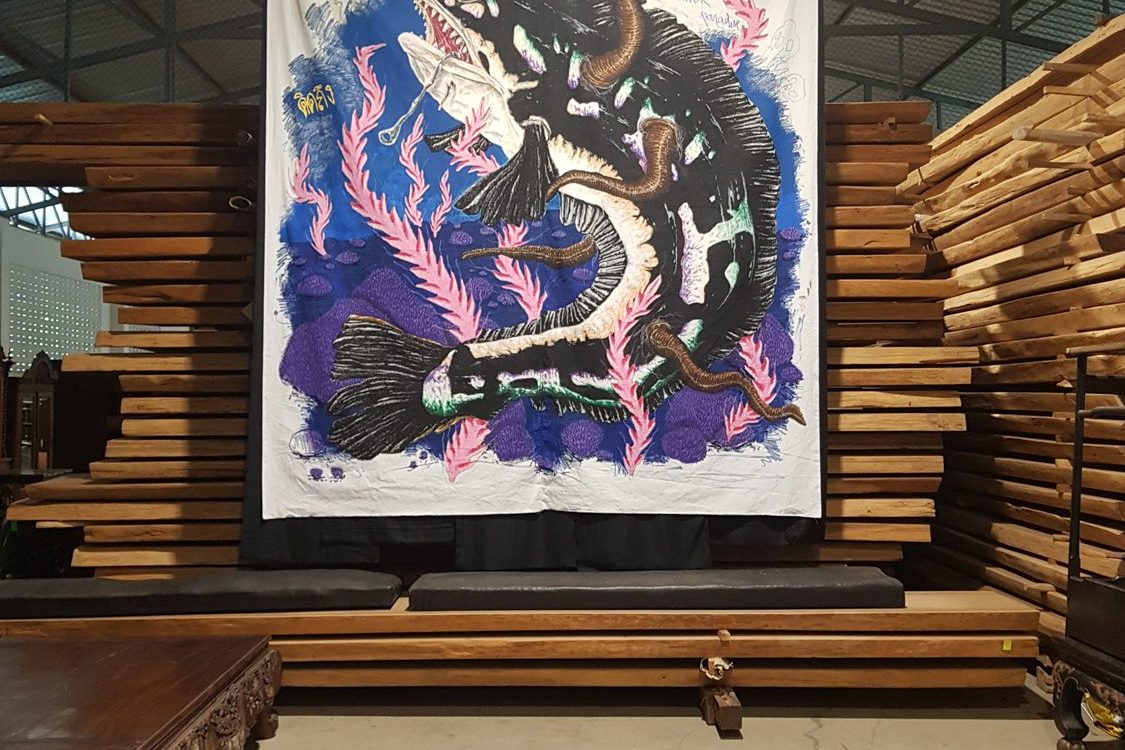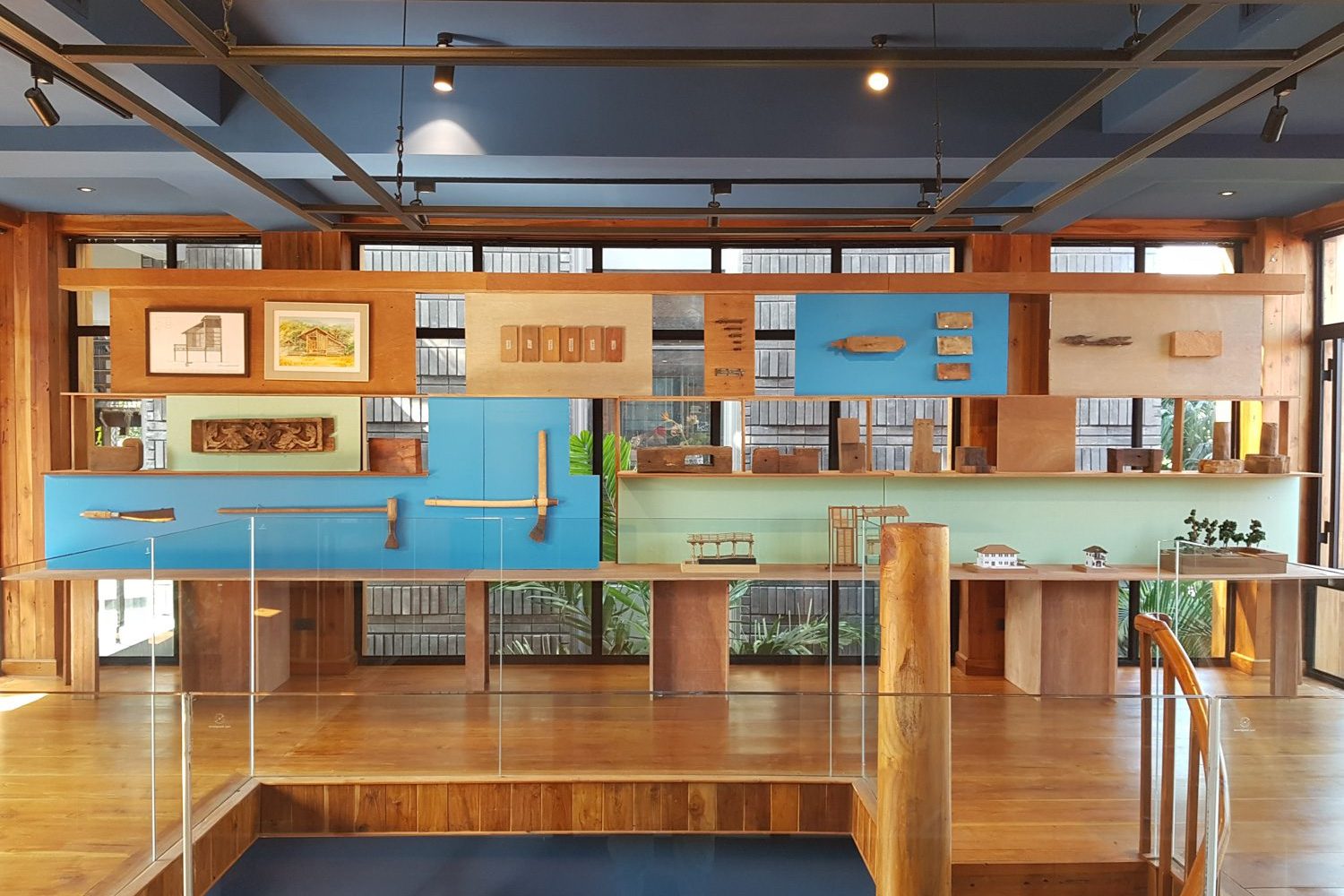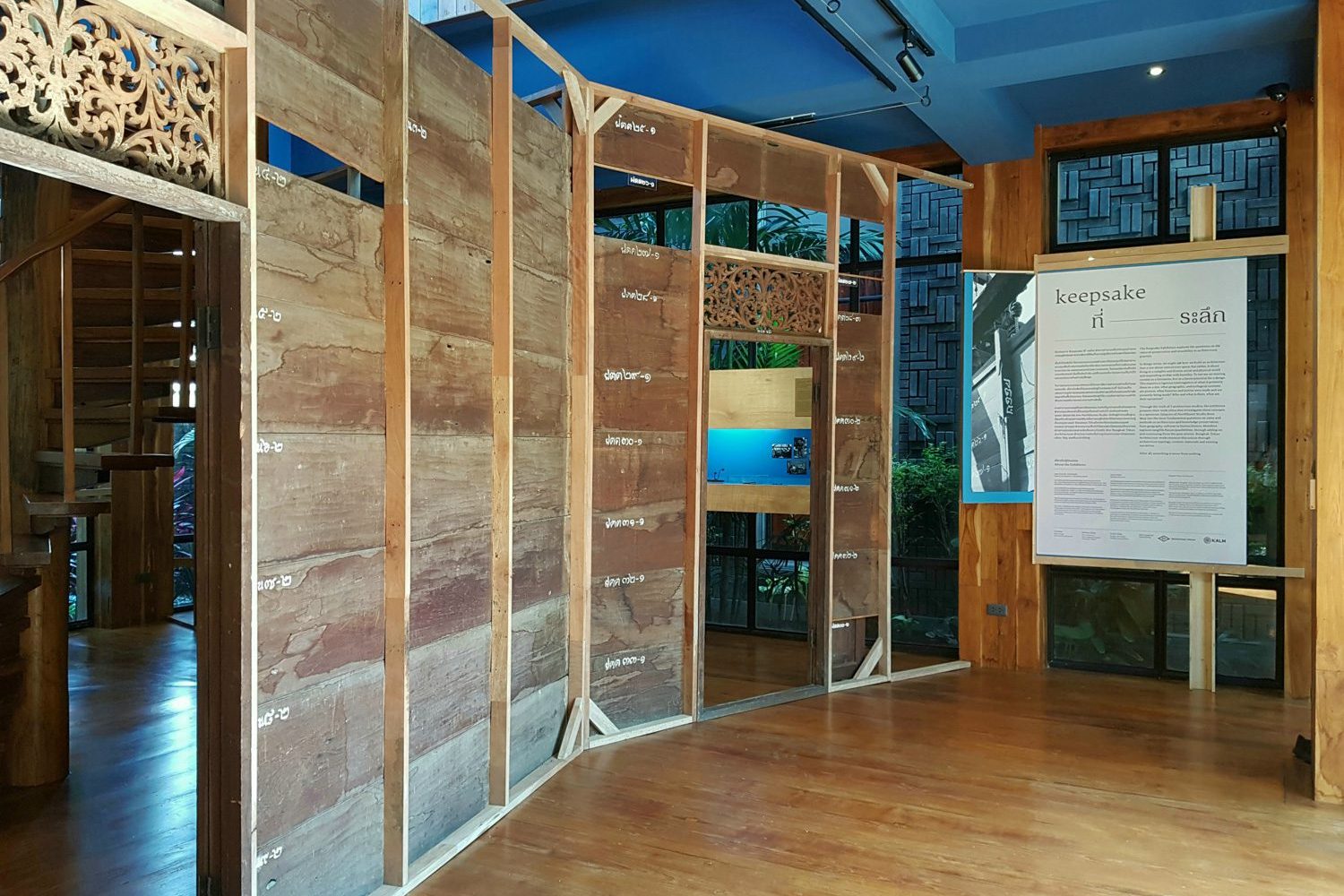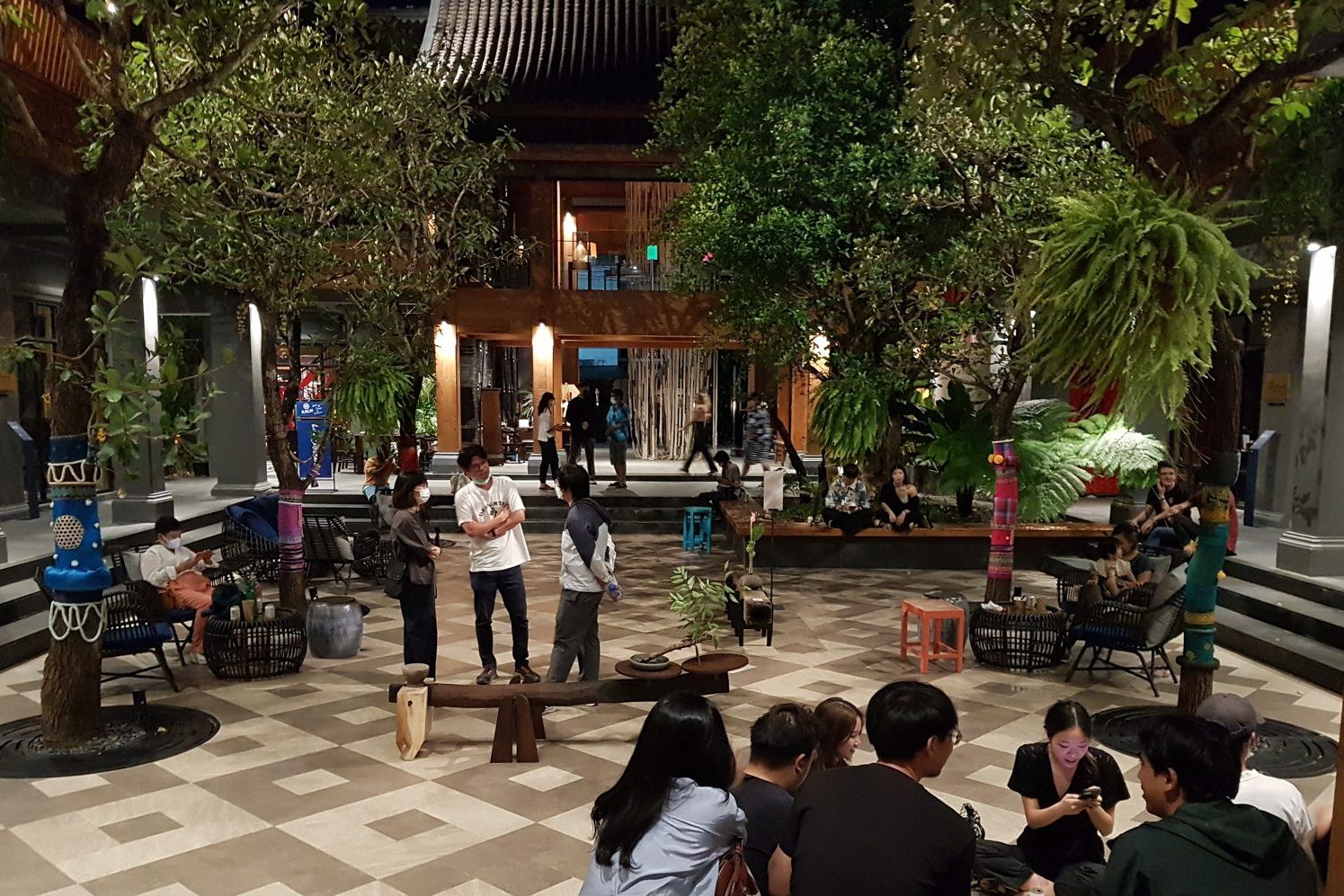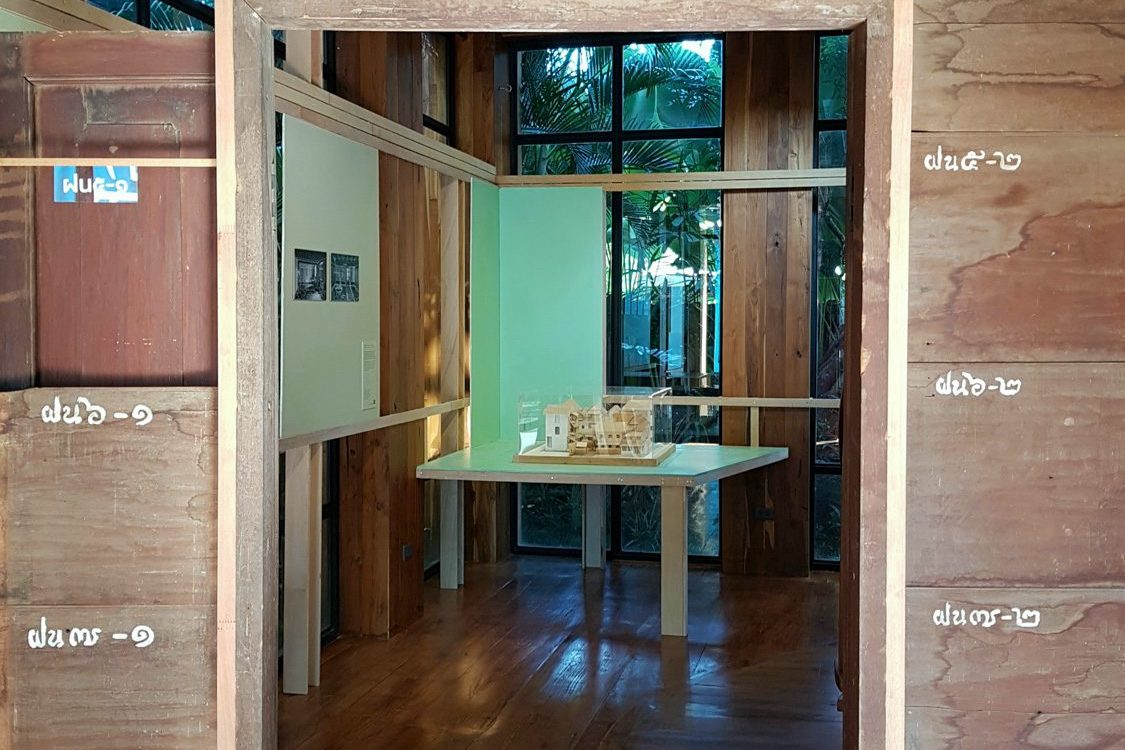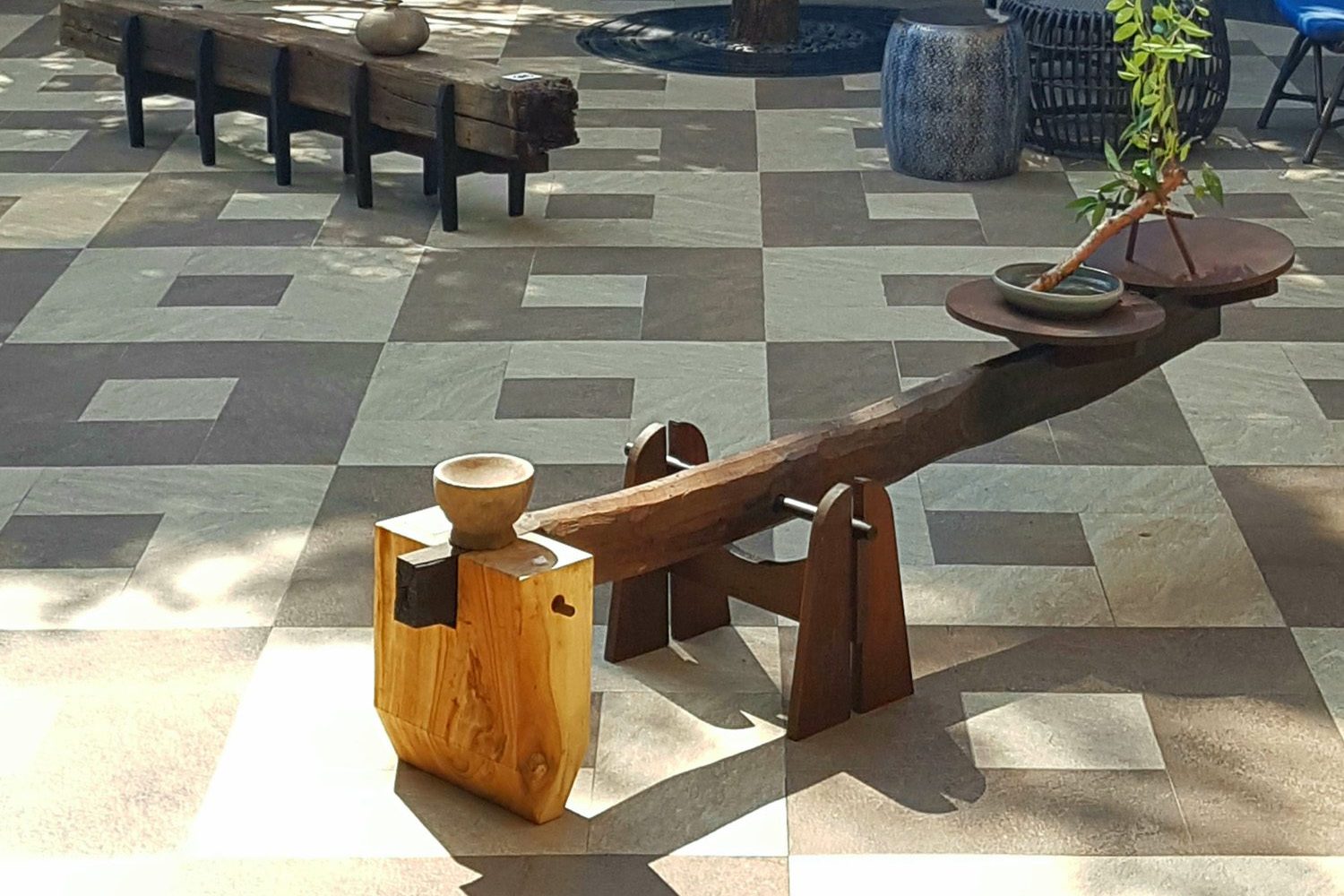CHIANG MAI DESIGN WEEK (CMDW) HAD BEEN HELD FOR EIGHT CONSECUTIVE YEARS NOW. THIS YEAR’S CMDW ARE AROUND THEMED ‘LOCAL RISE-ACTION’ WHICH ASKS HOW A MAJOR CONCEPT SUCH AS ‘SUSTAINABILITY’ MAY BE ADAPTED TO FIT A CITY SUCH AS CHIANG MAI
TEXT & PHOTO: MONTHON PAOAROON
(For Thai, press here)
Those who happened to be in Chiang Mai Old Town during the first week of December would have seen people with some sort of map or leaflet in their hands, walking through narrow alleyways while eyeing boxes or signs identifying exhibition venues that were scattered across the city. You might stroll into a location or a small studio and see a group of people in the middle of a workshop or a talk, all of which were part of one of the city’s most anticipated design events. Local businesses, artists, and creative workers, including students, worked to organize shops and spaces or their own studios to beautifully showcase their works and products, preparing something special for the annually held event. It was a familiar sight, showing both locals and visitors that Chiang Mai is in the midst of hosting Chiang Mai Design Week (CMDW). The nine-day festival, which had been held for eight consecutive years now, hosted a program that was jam-packed with activities from day to night. With far fewer visitors last year owing to COVID-19, CMDW 2023 saw a noticeable increase in both local and foreign visitors, not to mention the increase in energy. This year’s CMDW, themed “Local Rise-Action,” asks how a major concept that has been significantly devised to help move the world forward, such as “sustainability,” may be adapted to fit the local context of a city such as Chiang Mai.
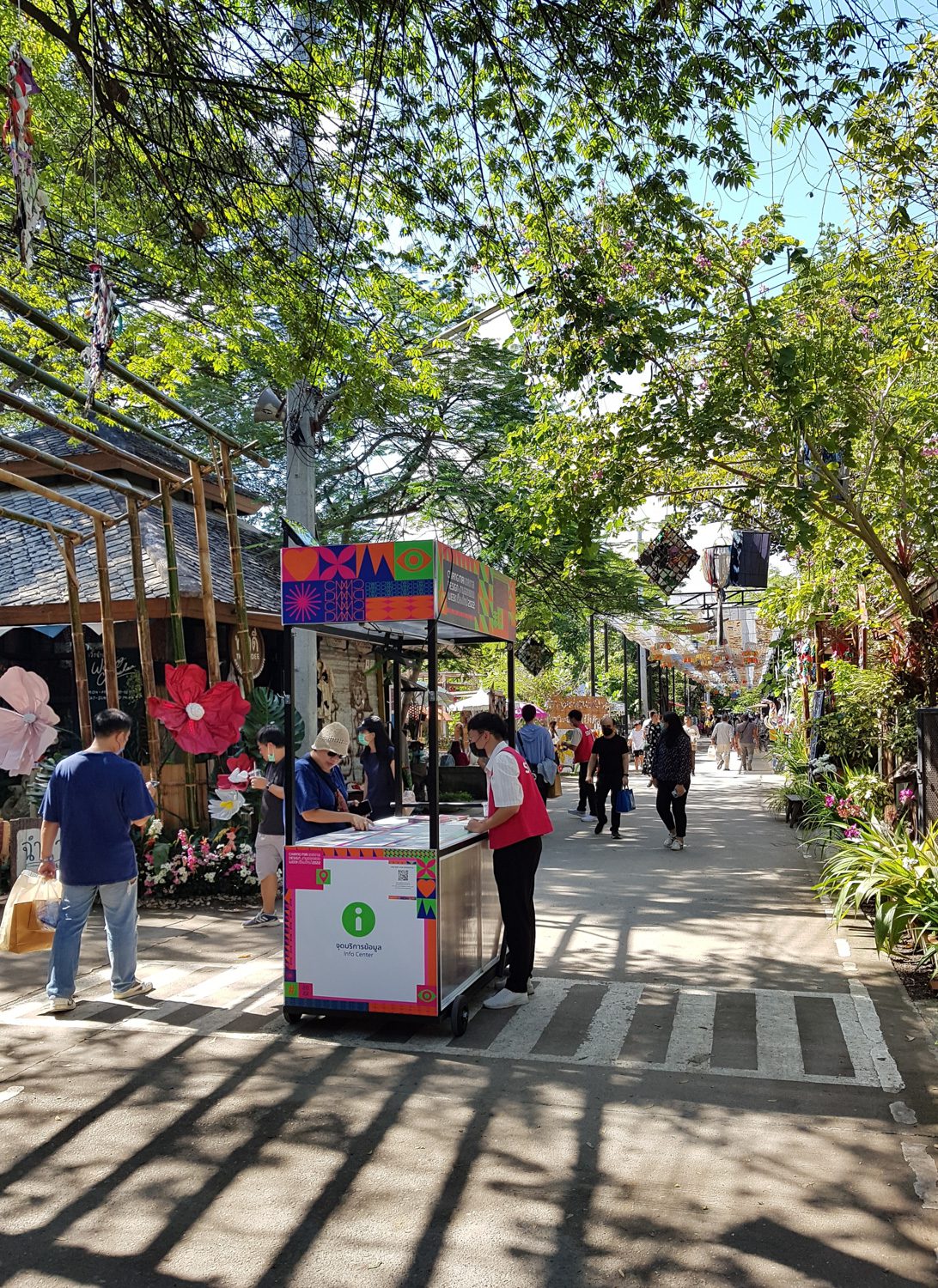
Food is one of the subjects that CMDW focused on this year. Last year, food was also featured in a few exhibitions and workshops. This year, TCDC’s main exhibition, “Gastro Economy,” took viewers on a journey to see how eating could save the world, with stories of locally sourced, seasonal ingredients taking center stage and a system where actual food producers are fairly compensated and consumers are informed about the sources of the food they eat, all the way to future of food and gastro-business trends and opportunities. Other food-related events, such as food workshops and an exhibition showcasing the management of a pilot lunch program in a small school, were held in the same venue. The same topic was explored at Long Him Cow, an out-of-town venue where Green Farm Kitchen was held. The event, which included talks and a fair by local agriculturists and eco-friendly enterprises, brought consumers as well as small and large green businesses together. It was refreshing and encouraging to observe positive food trends that stretch beyond people’s well-being to the entire economic system, from agriculturists to consumers, and even involving a more sustainable approach to tourism.

Green Farm Kitchen, Green your food festival
Those who have been following Design Week, both the Chiang Mai and Bangkok editions, will notice how these events have introduced spectators to new locales and areas, from underused private buildings to public spaces whose potential has been revived to accommodate new, exciting activities. During this year’s CMDW, Mattana Warehouse hosted the “Home Coming” exhibition. The main exhibitions gathered designers from various fields and disciplines, each with their own set of skills and expertise, to create works of design for future local developments. Among the examples were exhibitions such as “Local Cabinets” and “Local Composites.” The first showcase featured cabinets that were made from each creator’s interpretation of a Chiang Mai local neighborhood, whereas Local Composites experimented with composite materials made of locally sourced raw materials that are not only economical but also degradable, proposing ideas and possibilities for viewers to contemplate further. Another highlight is NFT Art Con2022, the art exhibition, which included talks, the NFT art fair, the NFT workshop, and the crypto art exhibition. The Virtual Art Gallery, sponsored by PTT at the Chiang Mai Art and Culture Center, was realized through an endeavor to integrate art with technology and locality.
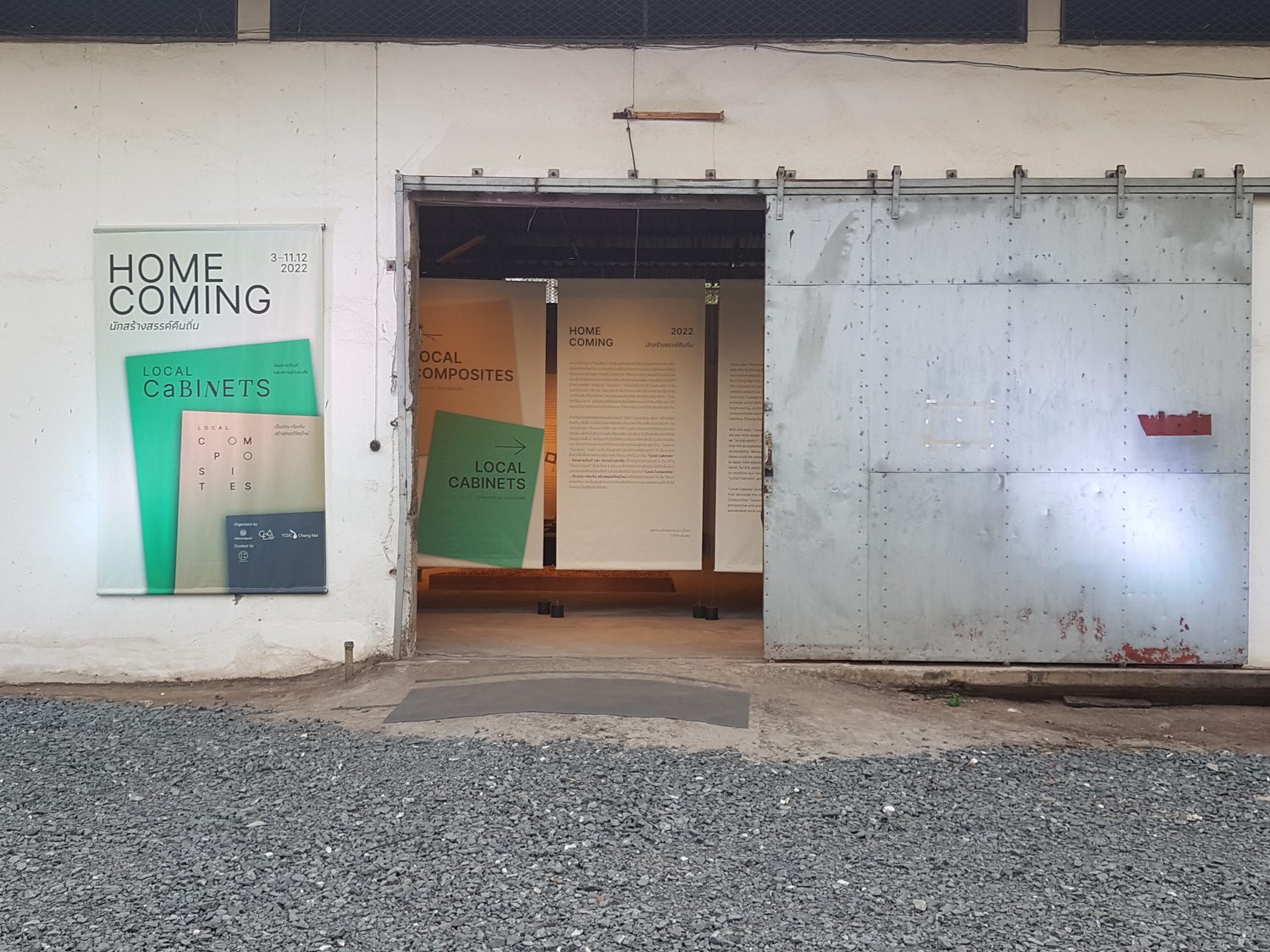
Home Coming Exhibition
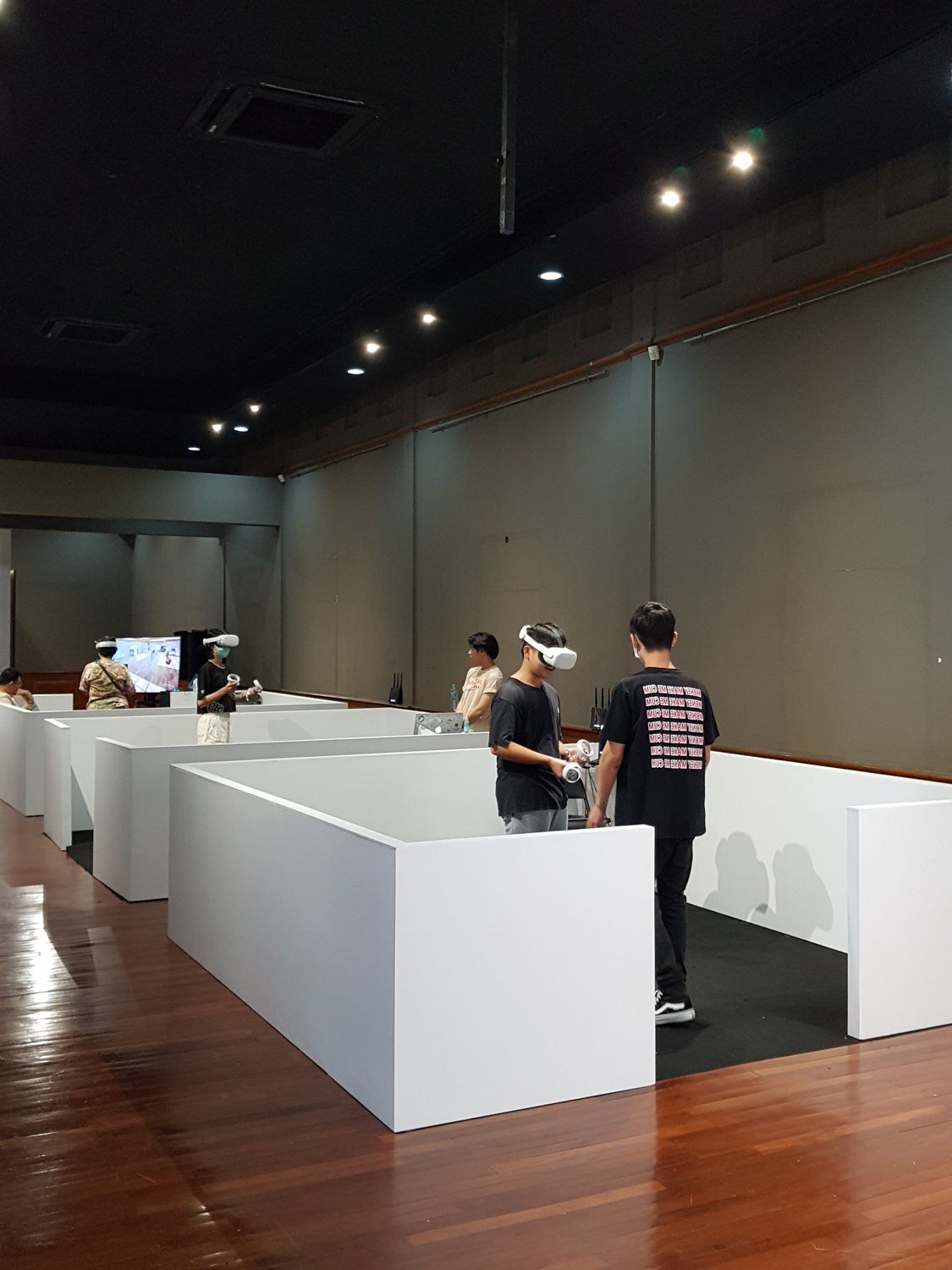
Locating the locals
Apart from the main activity grounds at TCDC Chiang Mai, Chang Moi neighborhood, and Sam Kasat Square, there were a number of other activities happening at artists’ and creators’ studios throughout the city, including privately-owned spaces, markets, and local communities, all of which hosted their own workshops and events during the design week. These events made CMDW2022 appear even more prom-inent, with venues and activities sprouting up both inside and outside of the city center. The Mango Art Festival, themed “Treasure Discovered,” ran concurrently with the design week. Visitors could explore works of contemporary art set inside a vast garden, beneath the elevated floor of a typical Thai house, or even inside a rice barn. Another show took place inside the antique furniture warehouse of De Siam Antiques Chiangmai, where artworks were buried among various pieces of antique furniture. Moreover, Keepsake, the preservation of architecture exhibition took place at Kalm Village which show model, furni-ture and old house panel in 1:1 scale. Members of the Chiang Mai Old Town community also organized their own events as part of the design week, such as the community workshop and market at Wat Chomphu in the Chang Moi community. Kinhom Tom Maun, the annual event, has been held for several years and is spearheaded by none other than the aunties of the Kuan Ka Ma community with the objec-tive of using art as a part of community development. There were also activities that were integrated into community spaces, such as TAM:DA, where leftover materials were transformed into artificial flowers and used to decorate a community garden, plus the edible vegetables growing in the green space that CEA and the local community developed together. The space is located near the bridge over the Mae Kha canal in the Chag Moi district, which is frequented by locals and was one of the CMDW program’s routes.

The community workshop and market at Wat Chomphu in the Chang Moi community
Perhaps because Chiang Mai has been continually strengthening its own foundation for the creative economy, we have seen creators, business sectors, and Chiang Mai citizens engaging in a variety of projects outside of design week. Many of the collaborations are interdisciplinary, and events have been held practically on a regular basis. Despite the modest scale, many of them were quite fascinating and grasped the concept the organizers wanted to convey within the limited budget. No longer having to wait until the big design week or high season months to put on a terrific event, Chiang Mai now hosts events all year round. Nonetheless, CMDW remains one of the most prominent stages and special times of the year and still, without fail, has the ablity to bring people in the creative economy and those involved together. It is also a testing ground for promising, up-and-coming creators whose talents have helped move the city forward in many fascinating and admirable ways.
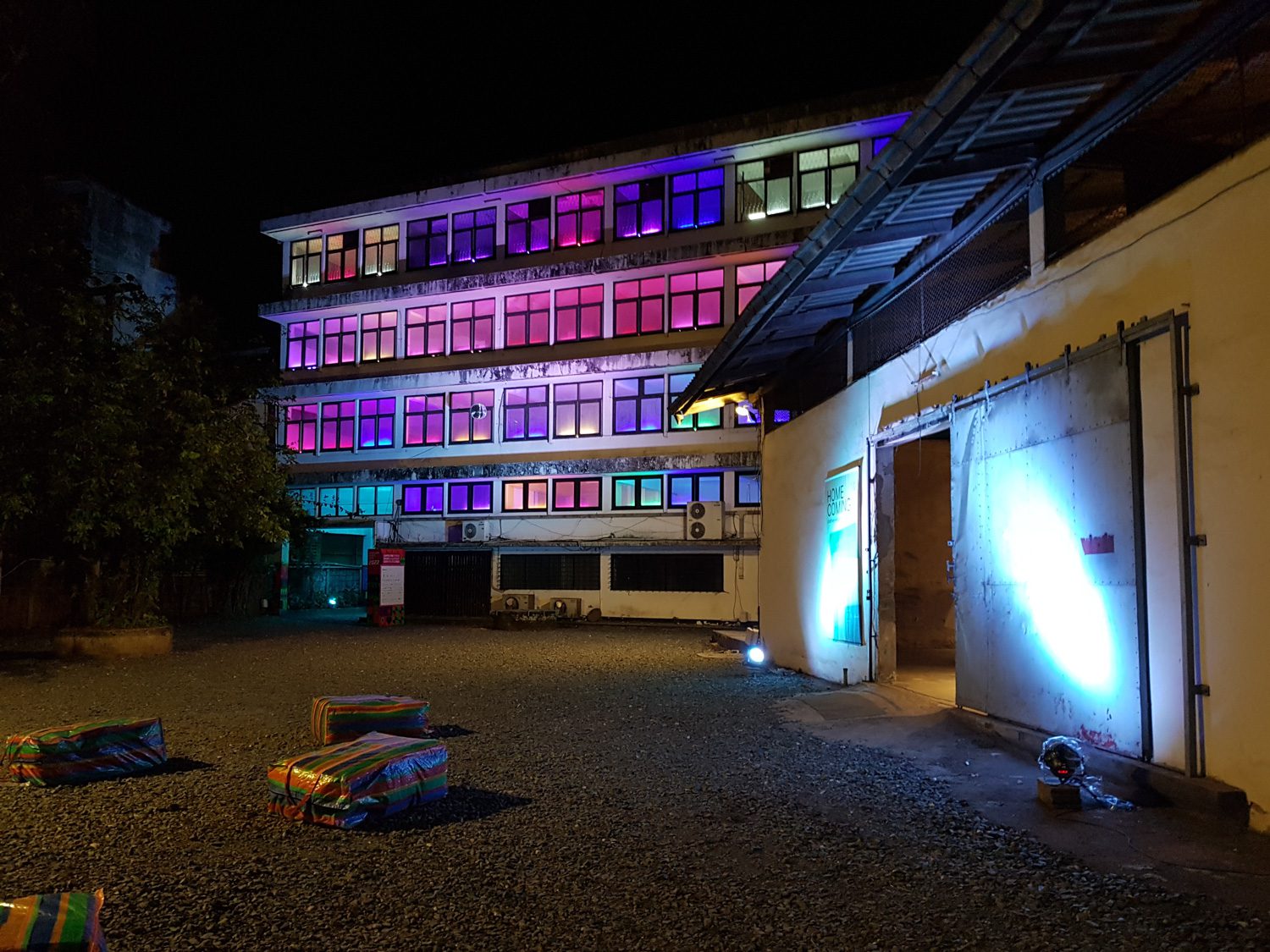

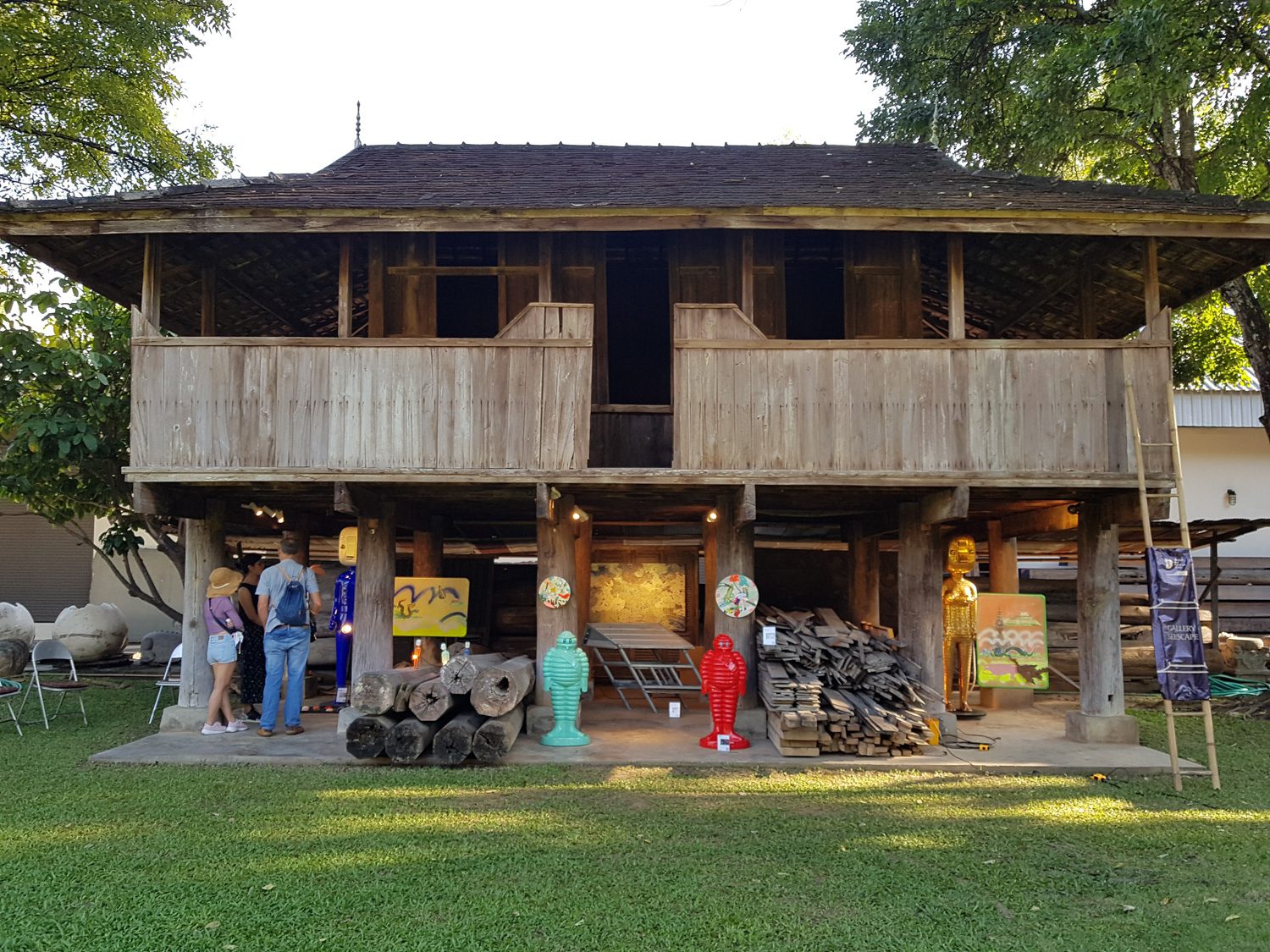 Mango Art Festival under the theme ‘Treasure Discovered’
Mango Art Festival under the theme ‘Treasure Discovered’ 
